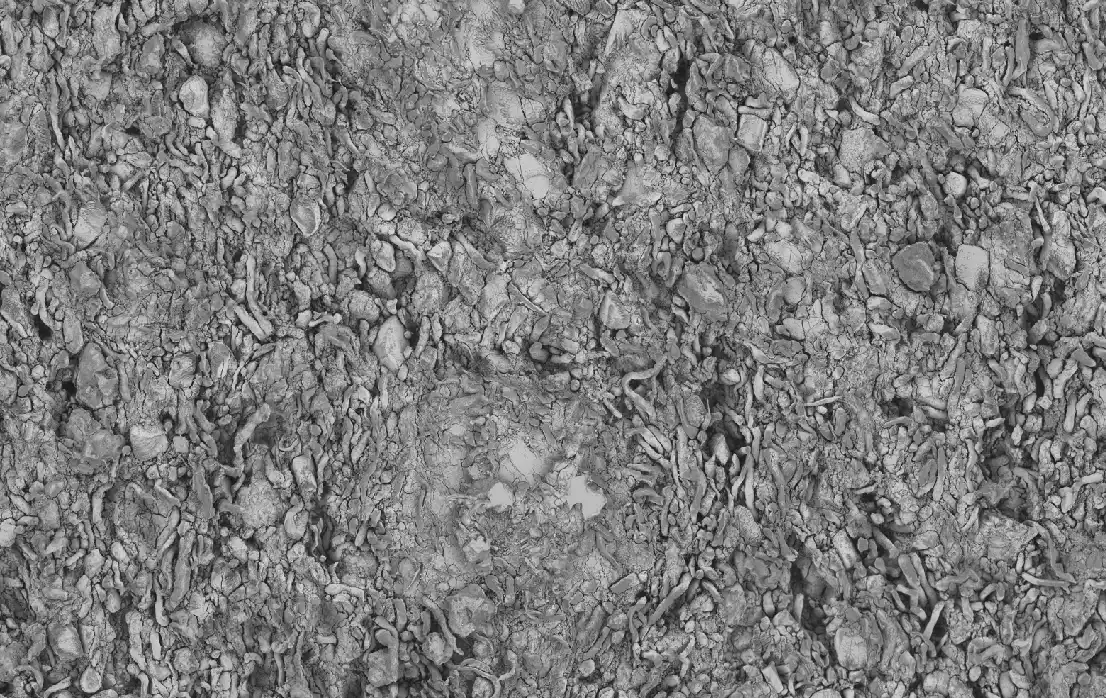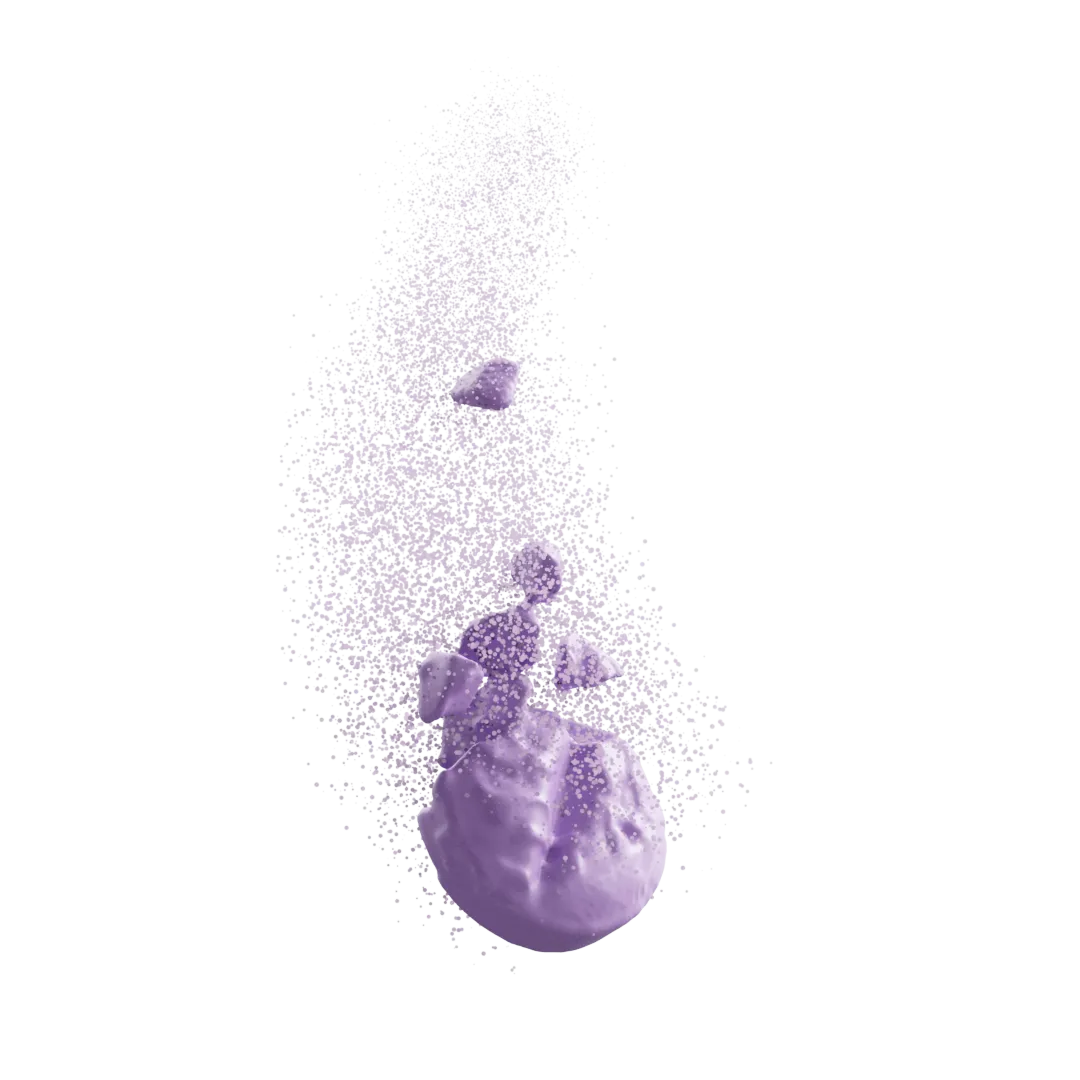Characterization of Critical Process Parameters of PLGA Microspheres

Identification and characterization of critical processing parameters in the fabrication of double emulsion poly(lactic-co-glycolic) acid
In the past several decades, controlled drugdelivery strategies have emerged as a viable solution to address commonlimitations of standard pharmaceuticals and their corresponding deliverymethods. One such strategy uses polymeric microparticles (MPs). While there aremany preclinical research studies that utilize MPs as a delivery vehicle, thereare limited FDA-approved products. One potential barrier to clinicaltranslation of these technologies is a lack of understanding with regard to themanufacturing process, hindering scale-up from small batches to large-scalemanufacturing. To address this gap in knowledge, we sought to identify criticalparameters in the manufacturing process for blank (no therapeutic drug) doubleemulsion poly(lactic-co-glycolic) acid MPs through a quality by designapproach. We utilized design of experiments as a tool to systematicallyinvestigate the impact of eight manufacturing variables on MP size: aqueousphase volume, polymer amount, organic solvent volume, sonication amplitude,outer aqueous phase concentration, homogenization time, solvent evaporationspeed and solvent evaporation duration. After identifying critical variables,we validated the model and further investigated each parameter to assess itsimpact on characteristics of protein-loaded MPs, such as surface morphology,release kinetics, and distribution/size of inner occlusions. Altogether, thisstudy elucidates several important parameters that should be considered when scalingthese technologies.

Elizabeth R. Bentley, Stacia Subick, Michael Pezzilo, Stephen C. Balmert, Aidan Herbert, Steven R. Little
With University of Pittsburgh
https://doi.org/10.3390/pharmaceutics16060796
Additional Publications
Transform Your Program with Microstructure Science
Get started with a drug product digital twin.















